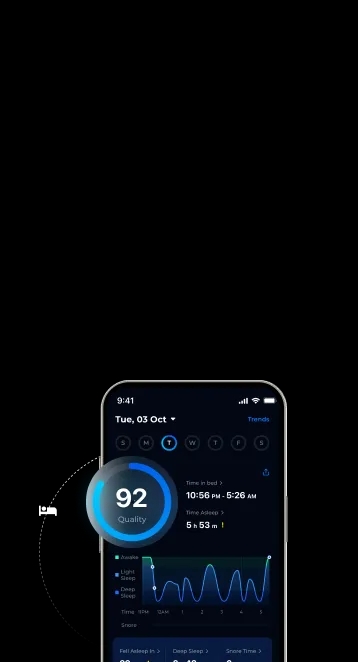


Interested in trying the triphasic sleep schedule? This sleep pattern involves dividing your hours of sleep into three short periods. It may help increase productivity and adjust to different schedules.
However, disrupting your body’s natural sleep cycle can have lasting health effects. Consider how it affects your performance and health before deciding if this sleep schedule is right for you.
Polyphasic sleep schedules involve breaking up sleep into multiple shorter periods throughout the day. Here are some different types:
It’s important to note that polyphasic sleep requires careful adaptation, and individual tolerance varies. While some claim increased productivity, others may experience negative effects on cognitive function and well-being. Consulting with a healthcare professional is advisable before attempting such sleep patterns.

Triphasic sleep is a type of sleep where the total amount of sleep is devided between three times a day at specific intervals for better rest and wakefulness. Each sleep session in a polyphasic schedule is about 90 minutes long, planned to match the body’s natural sleep-wake cycle.
The first sleep happens in the early evening to get deep sleep. The second one is in the middle of the night for REM sleep, essential for thinking. Lastly, a short nap in the afternoon fights off the tiredness after lunch.
Supporters of triphasic sleep think it boosts productivity, sharpness, and overall health. But, there’s not much scientific research on how well it works or its long-term effects.
Triphasic sleep is a sleeping pattern that involves having three short naps spread throughout the day. It can help you be more alert and think better.
Here are some benefits of triphasic sleep:
Trying triphasic sleep could improve your daily routine and enhance your performance. Give it a shot and see how it changes your life for the better.
Triphasic sleep can affect your sleep quality and health. It may disrupt your body clock, making it hard to fall asleep and wake up when planned. Changing your sleep routine too often can make you feel more tired, moody, and find it hard to focus during the day.
Triphasic sleep, with its broken pattern, may not give you enough deep and REM sleep that are important for thinking and well-being. Before trying triphasic sleep, think about these risks to make sure you’re taking care of your sleep and getting good rest.
Ensuring you get enough sleep is very important for staying healthy and performing well. Triphasic sleep schedules can affect your well-being and daily functioning in different ways:
Understanding how triphasic sleep schedules can influence both your physical health and mental sharpness is crucial.
Before trying triphasic sleep, think about your daily life and responsibilities. Consider if having multiple sleep times will work with your schedule. See if you can stick to a consistent routine despite possible interruptions.
Also, check your health and any sleep issues you have. Talk to a doctor or sleep expert to understand how triphasic sleep might affect you. Being informed and ready will help you decide if triphasic sleep is right for you.
Exploring the benefits and risks of a triphasic sleep schedule can help you decide if it’s right for you.
This sleep pattern may boost productivity, but it can also disrupt your natural sleep routine.
Before trying triphasic sleep, think about your health, performance, and daily life to make sure it suits your needs and goals.
Cleveland Clinic (2022) Should You Try Polyphasic Sleep? [online]. available at: https://health.clevelandclinic.org/polyphasic-sleep
NIH News in Health (2021) Good Sleep for Good Health [online]. available at: https://newsinhealth.nih.gov/2021/04/good-sleep-good-health